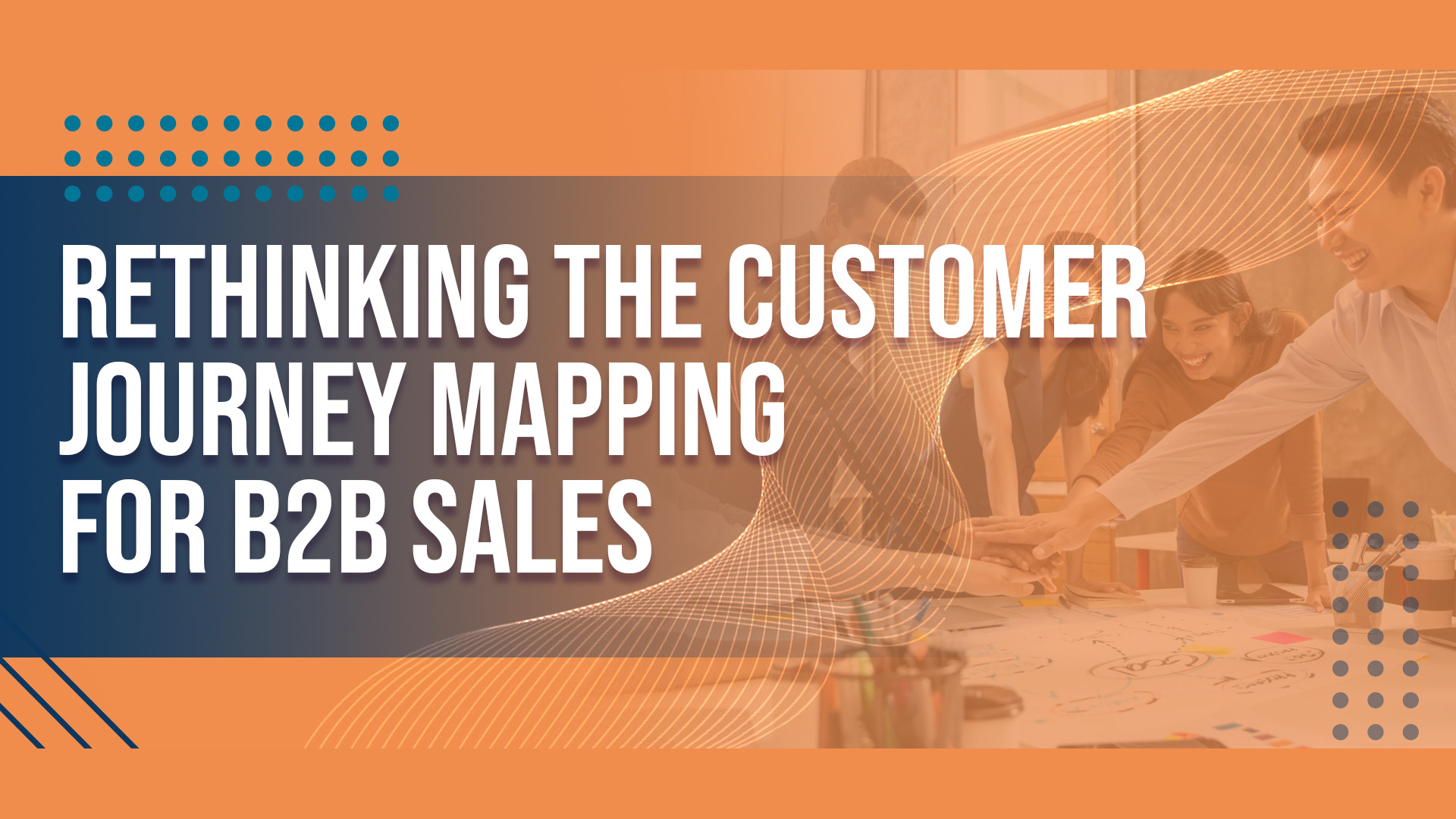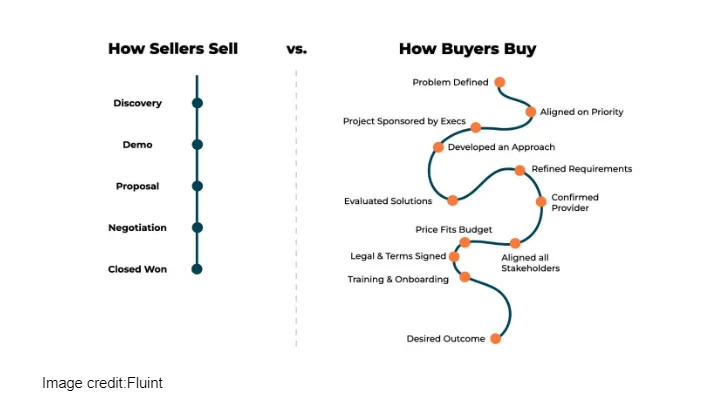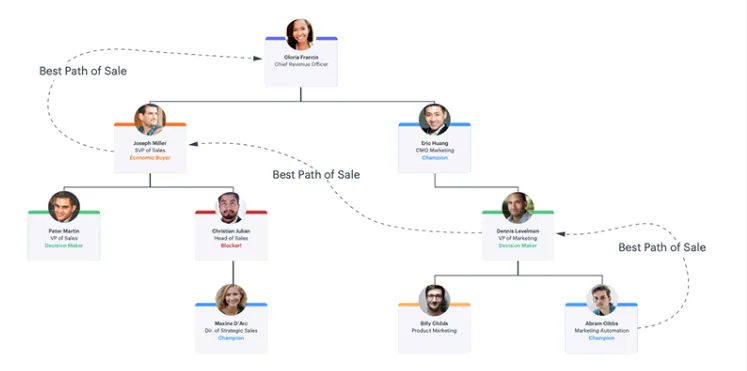Rethinking The Customer Journey Mapping For B2B Sales

In my previous article on “what is a customer journey?”, I covered this perspective from a B2B marketer’s perspective where the idea is to create a mental journey of a potential prospect journey’s in relation to the brand through various efforts of marketing.
For today’s article, I will be covering more specifically the customer journey from a B2B sales perspective, where it is much more about sales enablement. And the most important lesson today is that: the steps you take to sell your product are not the steps your prospects take to buy it.

When it comes to selling a product, it’s important to understand that the steps you take as a seller may not align with the steps your potential buyers take. Additionally, the sales activities you engage in are only a small part of the larger internal sales process that influential champions lead. To improve your chances of closing a deal, it’s crucial to find ways to overlap your sales activities with your champion’s internal sales activities.
There are three main types of activities that happen during any deal:
- sales activities,
- mutual activities, and
- buying activities.
While most sales pipelines focus on the first two groups, successful sellers align their sales cycle with the third group to encourage good buying behaviors.
To enable successful buying behaviors, it’s important to tie each stage of the sales process to specific buying behaviors. The first stage involves framing a high-cost, high-priority problem in writing, while the second stage focuses on multithreaded validation from different points of view. In the third stage, a relevant executive sponsors a new project with dedicated resources, and in the fourth stage, the entire buying committee agrees on an approach. The fifth stage involves the committee confirming you as their provider of choice, while the sixth stage is driven by a compelling event that sets the close date. Finally, the seventh stage involves finalizing pricing, procurement, and commercial terms.
Overall, by understanding the buying behaviors associated with each stage of the sales process, sellers can better align their sales activities with the internal sales process of influential champions and increase their chances of closing a deal.
Utilizing Account maps that win deals
Effective enterprise account mapping requires a thoughtful approach to internal communications rather than focusing on formal reporting structures and corporate hierarchies.
The goal is to determine who needs to communicate what, to whom, and when, in order to keep a deal moving forward. This process prioritizes influence over information and emphasizes design and communication rather than documentation and hierarchy.

Image Credit: Best Path of Sale by Close Blog
Rather than simply mapping out reporting relationships, successful enterprise account mapping involves taking inventory of past deal communications, profiling each buying contact within the target account, and identifying the specific communications needed to build influence.
With this information, you can design an ideal flow for all internal communications and link contacts with the specific types of communication needed to keep the deal moving forward. It’s important to update your account map throughout the deal cycle to ensure effective and efficient communication.
However, what does the ideal communication flow look like? Naturally, this will vary by account, but here’s a set of principles to keep in mind.
-
Beware the “Shadow Organizational Chart.”
A contact’s level of decision influence doesn’t always align with their title. Find the true “org chart” that shows who can change a decision by asking: Who do you go to for help and advice? Who do you go to when a decision needs to be made?
-
Start your discovery conversations as far upstream as possible
It takes more time for your message to flow up the corporate ladder than back down it. The further upstream you start your discovery, the more you’ll swim with the current.
-
Make sure time-sensitive requests come from inside the same team.
Let’s say you need data produced for a quick proof-of-value exercise before EOQ. Make sure the contact producing the data gets a request from their boss — not another business unit they don’t report to.
-
Seek Feedback
Internal emails are always prioritized over external emails. Writing an email with the ultimate receiver in mind — not just the person in the “To:” field — so that it’s easy for your first contact to hit forward is the way to go.
-
Spread information broadly and calls-to-action individually.
If you need people to see and read a meeting recap, include the group. If you need someone from that group to take action, make sure there’s an individual note that follows with a specific request and timeline, using the longer message as context.
-
Address the “WIFM” (what’s in it for me?) in your written materials.
Ensure your message obviously aligns with the executive priority — the fire-burning brightest — and their related metrics whenever you’re writing out one of these communications.
You can follow me on my digital channels:
Website: https://asparkofb2b.com/
Facebook (A spark of B2B): https://www.facebook.com/profile.php?id=100089042254709
Twitter (aSparkofB2B): https://twitter.com/aSparkofB2B
LinkedIn (a-spark-of-b2b): https://www.linkedin.com/company/a-spark-of-b2b
Medium: https://medium.com/@dexterwrites2022






.png)
.png)
.png)
